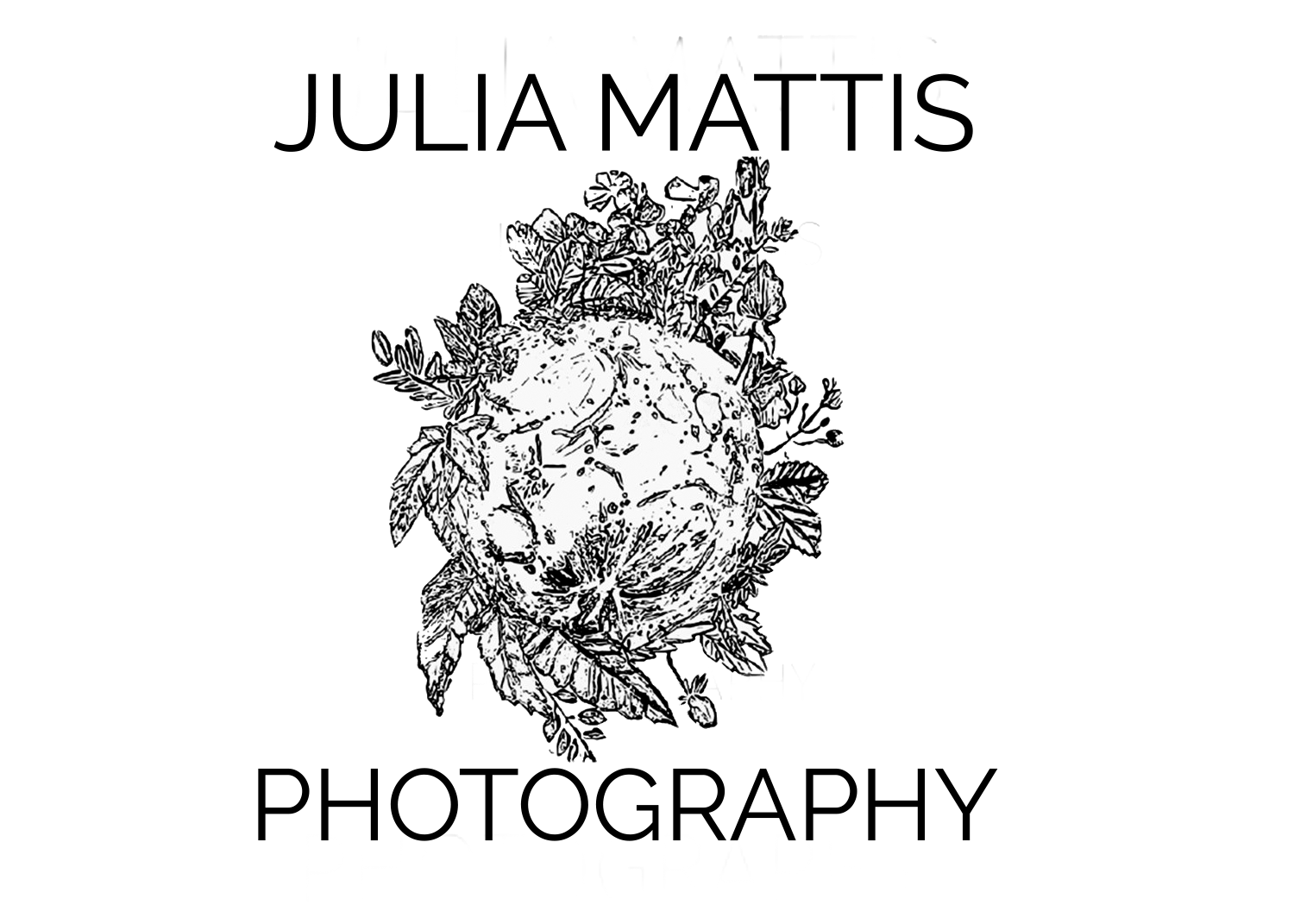The Dots Connect Backwards
It’s Not a Career Pivot
For what seems like a long time, I’ve known that my disparate experiences are all connected; however, everytime I attempted to weave these experiences together, the thread got tangled. I couldn’t find the right way to articulate how the dots connect backwards.
That changed when my MSW elective, 'Exercising Leadership in the Public and Nonprofit Sector,' prompted me to explore my personal narrative and emerging purpose as a human services professional. Finally, the threads began to weave together coherently.
Personal Narrative and Emerging Sense of Purpose as a Human Services Professional
Curiosity, pursuit of human connection, and drive to innovate are core to my being. They, along with the power of perspective, are the threads weaving my experiences together and shaping my sense of purpose. This purpose first emerged when, during my freshman year of high school, a transformative moment in my journey with anorexia redefined my understanding of identity and healing. Anorexia felt like an inescapable shadow, weighing down my sense of self-worth. Despite maintaining good grades and continuing sports, I internally believed I was broken. I reached my breaking point after a particularly difficult appointment. Overwhelmed and raw, I finally gave voice to the pain that had been consuming me, sharing my desire for others to understand that anorexia was not something I chose or who I was, but something I had. This subtle shift in semantics granted me a significant shift in my perspective. I started to reclaim my sense of self, understanding that this condition was treatable and did not define my entire narrative. Inspired by the transformative power of perspective, I became curious to explore how such insights could spark broader understanding and change.
A few years later, I discovered how to use the power of perspective in photography. I got lucky to have an unconventional photography teacher who pushed his students to use the medium as a way to convey their biggest fears and inspire viewers to ask questions. I became obsessed with creating images that could articulate the complex emotions I had previously struggled to express. I would skip lunch and stay after school regularly to take photos, hunker down on the school computers with Photoshop, and discuss how to make meaning of my ideas and feelings. I think I still have the messy, earnest pages covered in scrawled notes and stream-of-consciousness reflections that bore witness to my desperate quest for understanding, and I feel sentimental as I remember how important and difficult that process felt to me. In reflection, I am convinced that my obsession with photography doubled as a strong fascination with self-reflection and meaning-making.
This foundation evolved during college, where I expanded my focus from personal to societal transformation. I used photography as my tool to give new perspectives on constricting ways of thinking about women’s identity and encourage new ways of thought that would be more productive to society as a whole. I entitled this work “Transcendence,” which is defined as “The state in which an individual can look beyond themself and adopt a larger perspective that includes concern for others”(APA Dictionary of Psychology, n.d.). The dots connect backward, as facilitating reflection, identity formation, and meaning-making have become an important part of my professional career.
The threads of curiosity, the pursuit of human connection, and transformation through perspective continued into my professional life at Tulane Hillel, where I was tasked with co-creating community by mentoring students in a leadership development program. At Tulane, I also developed and scaled a new initiative - The Portrait Identity Project (PIP). Sharing stories paired with professional portraits, this initiative brings communities together to look, listen, and learn from students, mostly of various multiracial and multiethnic backgrounds, as they self-reflect on the intersection of their identities and how their perception of being Jewish has evolved. Undertaking this initiative solidified how much fulfillment I get from helping people discover parts of their identities and the effectiveness of the power of perspective for social change. However, it also revealed a limitation: sharing stories could challenge stereotypes, but changing stories required a broader approach. This realization led me to pursue my MSW, seeking tools to create a broader impact.
This realization solidified during my subsequent work as an MSW intern at a high school in East New York. After a long day counseling students, I had an epiphany that crystallized my emerging sense of purpose as a human services professional. The school was severely understaffed, in fact, I was the only social worker, and I was an intern. However, even if there were an adequate number of social workers providing counseling services to students, we wouldn’t be solving the root of the problem. It became clear that band-aid solutions aren't enough. I knew that I needed to harness my enthusiasm and commitment for catalyzing systems-level change. Within this realization lies my emerging sense of purpose as a social worker: serving as a catalyst for transformation within mission-driven organizations—essentially, a therapist for the public and non-profit sectors. I aim to bring together the storyteller's ability to reframe narratives, the artist's eye for innovative solutions, and the social worker's commitment to social justice to approach organizational transformation differently, seeing both the individual stories and the systemic patterns while imagining creative pathways to progress on in organizations doing good work and on major societal challenges like extreme polarization, the epidemic of loneliness, and economic inequality.
